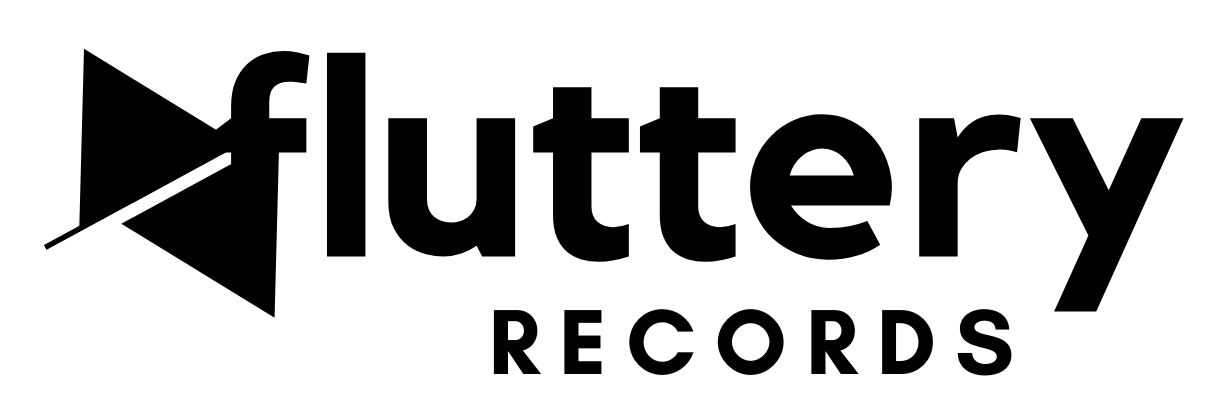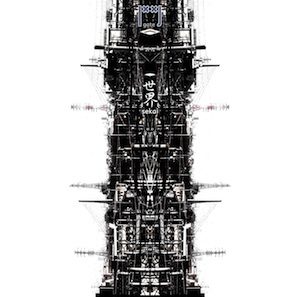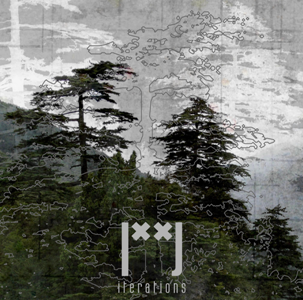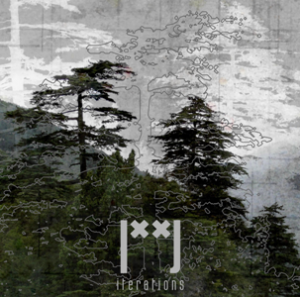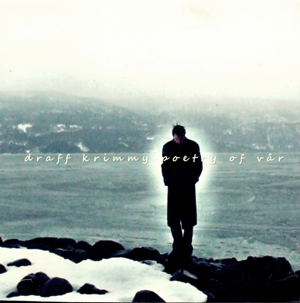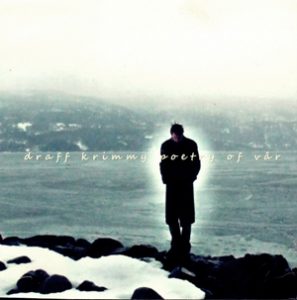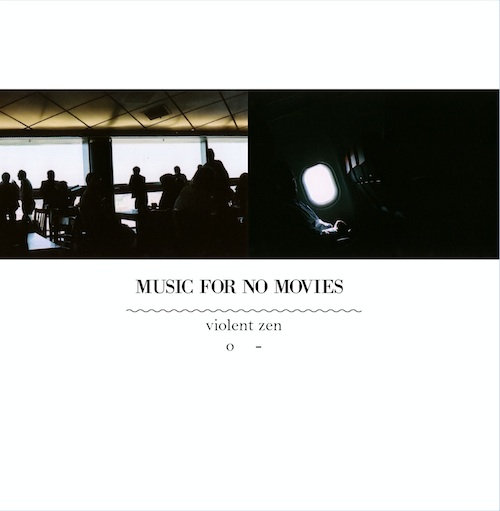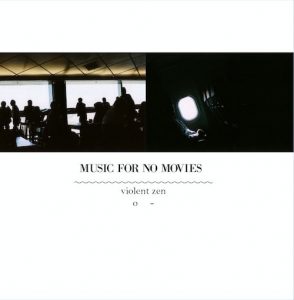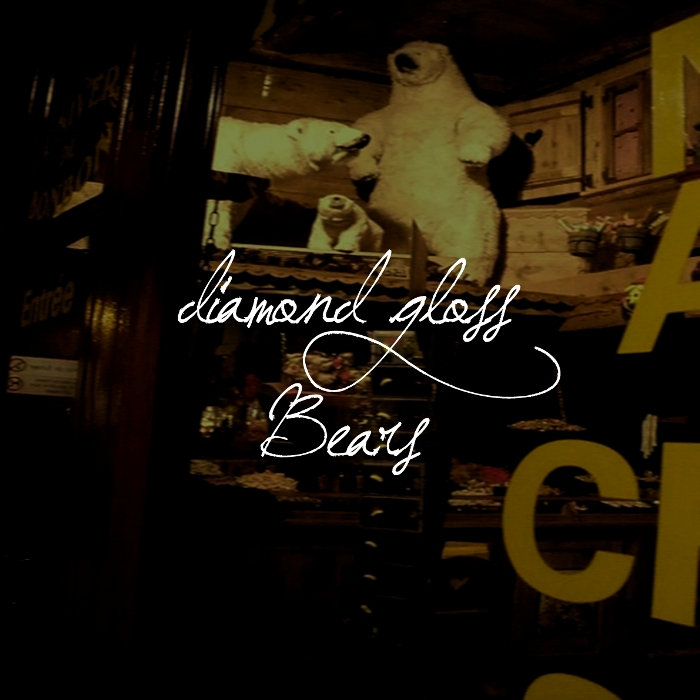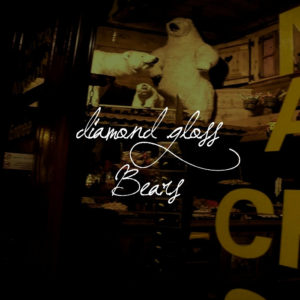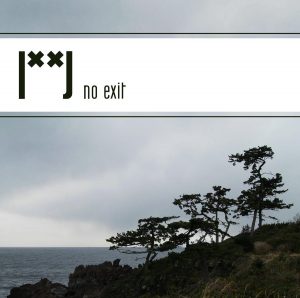Music For No Movies is Federico Fantuz's electro-acoustic / ambient tunes. With his guitar strings and ambient pads he creates a warm cinematic atmosphere. Violent Zen is his 11 piece debut. As the Italian journalist Aurelio Pasini (Il Mucchio Slevaggio, Radio Città del Capo) points out “Not only does Music For No Movies turn the very idea of soundtrack inside-out - it also succeeds in creating experimental yet intriguing and deeply fascinating soundscapes. Very well done indeed.”
Here is what he says about his music:
“My name is Federico Fantuz (Bologna - Italy) and I am a guitar player, or better a musician. Or at least this is what I aim to be. I started playing guitar when I was 12, and carried out scattered studies under the influence of a wide range of music styles. I started on my own and only later on I took a few lessons both for electric and acoustic and classic guitar.
But the most precious sources for my musical growth and development have been the encounters with my fellow musicians. I've always shared my knowledge with them, but most of all I've learnt and tried to learn those vital elements that are never taught in schools: the importance of jamming, of confronting with different instruments, the search of a personal sound that goes beyond the techniques, finding the personal space within an arrangement, listening ceaselessly to the “music continuum” and one’s own personal “voice” within the “chorus”, and last but not least learning from all the mistakes, and in fact use them to create new modes and worlds. For all this and more I thank:
Beatrice Antolini and her band (among which Luca Nicolasi, who helped me thoroughly in my soloist project), Vittorio Carniglia and Nave Cargo Parampampoli, Nicola Barilli and CuldeSac, Sergio Altamura, Antonio Stragapede, Luca Bernard, Tim-Trevor Briscoe, E.L. Quartet, Edgar Cafè, Shiva Bakta, Marcello Petruzzi (33ore), Simone e Luca Cavina, Tubax, Pino Basile and Sergio LaViola, La Fionda Teatro and Jorge Bosso, Loungedelic and Pippo de Palma, Mattia Boschi, Alberto Fiori, Carolina Pintos and Paolo Poggio, Tristan Honsinger, Niccolò D'Ambrosio and Laura Caressa, Mariposa and all the musicians that I have met, even for a short span of time, on my way.
My music path does not have stages, but just passages; it has never followed one single direction, but on the contrary it has met different genres without concentrating on a particular one.I've always tried to mix and match everything that my intuition and experience suggested me on the spot without following any rules .
And after wandering through never ending and spontaneous jam sessions and bands with different music backgrounds, finally I've got here, in this room, from where I am writing now. And right here I composed Music for No Movies. Alone, but with many voices inside.”
Federico Fantuz
REVIEWS
Rolling Stone / Paolo Agnoletto
Music for No Movies is a new project by Federico Fantuz, a very talented guitarist that has put together a group of beautiful instrumental songs in search of the right motherhood movie: the aim of the author is in fact to find for each theme a film in which it can fit and hopefully be used. This interesting collection of tunes, inspired by artists such as Brian Eno (in particular “Original Soundtracks 1”, written with U2 under the name Passengers) and Vangelis, international masters when it comes to writing soundtracks and atmospheric songs, is enhanced with a personal and gentle touch that makes this album a genuine and fascinating listen.
"Waterquake" is an exhilarating and haunting track suitable for a great dramatic picture whereas the opener "Air Games" operates in the area of a crepuscular and gently melancholy. Other outstanding songs are the irresistible "Earth Job", adorned with unconventional sounds like chair creaks and coins falls, perfect for a mystery picture, "Wind Wash", particularly fitting for a positive final sequence in a sad drama that ends full of hope, and "Fire and Sky", that only asks to be used in an historical movie, maybe in the Spain of the eighteenth century. The intriguing and obsessive "Arvo Moon" is instead suitable for a sequence in which is described the passage of time: in general the instruments' assemblage is excellent and the arrangement very smooth in order to create a music in which you can pleasantly lose yourself.
To summarize, "Music For No Movies" is an interesting and intriguing piece of work that deserves to be listened to and appreciated: this soft music requires an attentive and aware audience that has to be keen on being cradled by these evocative and imaginative tunes and, hopefully, a film, a sequence, an history in which it can function as soundtrack.
The Silent Ballet / Matt Gilley
An atmospheric, creeping pizzicato. Shadowy eastern melodies. A thin mist of electronics rises from the damp ground, curling around the trees. A snap betrays movement close by. A dog stands and sniffs curiously through the rain. The protagonist warms his hands by the fire. An ominous rumbling shivers through the ground. This is a slow-moving ‘no movie’, unfurling through subtle changes of tone and the hints of track titles. If not for some strange contradictions, Violent Zen's cinematic tale would have been completely exquisite. While most of the titles evoke nature, "Space Trees" suggests sci-fi, and contains an intrusive vocoder. "Stupid American Elephant Drunk Joy Joke" is as comedic as its name. Although these two tracks amount to only a few minutes of running time, they disrupt the narrative. There is also very little evidence of the violent part of Violent Zen. Nevertheless the album is descriptive and accomplished. Next time around Music for No Movies may well become the sound-painters they aspire to be.
Indie Eye / Michele Faggi
Violent Zen is the first full length with the name Music For no Movies, a project by Federico Fantuz, a Bolognese guitarist known for his long artistic co-operation with Beatrice Antolini and a large number of other musicians such as Vittorio Carniglia and Nave Cargo Parampampoli, Nicola Barilli and CuldeSac, Sergio Altamura, E.L. Quartet, Shiva Bakta, Loungedelic and Pippo De Palma, Mariposa, Edgar Cafè, just to name a few. The cd includes 11 instrumental tracks generated, in a way, from a certain landscape intuition that Federico describes with an image of the absence. “Music for dead moments, dead tempos”, acoustic illusions in search of an optical effect. A path that has a lot of the traits of the acousmatic search, at least in that double movement capable to immediately generate sounds disconnected from a phenomenological environment and in fact, both from an inductive and deductive process, able to produce imaginary spaces, mirages, real Doppelgänger. This process is very close to the idea of immaginary soundtracks that we have been loving for a while and that for several reasons encounters part of Bruno Dorella’s music. The structure of Earth Job, the introductory track, brings together all these elements with a time rhythm that seems to be taken from Danny Elfman’s imaginary chronometry, plunged in an amplified phenomenal context.Together with the music of another big illusions weaver, Alessandro Stefana (reviewed here and here on Indie-eye.it), that of Federico Fantuz owns a very rare sensibility, capable to describe a sensorial space that has no function, a place with no hypertrophic images or encyclopedic simulacra and for this a possible visionary.
EtherReal / Fabrice Allard
We follow here the discovery of the label Fluttery Records, generally very anchored in the kind of post-rock. We browse their catalog diagonally, and when a record seems to stand out, we decide to talk about it here. This is the case for Music for no Movies, a solo project by the Italian Federico Fantuz, who signes here his first remarkable album.
The disk begins with Earth Job, which reminds us of something...sounds played backwards, a fractured style, we are not far from the awesome madness of a Leafcutter John. A music which gives the impression of chaos while sliding along melodies both simple and powerful. The instrumentation is not very clear, this first title swarming with various sounds, both acoustic and electronic, while « Air Games » demonstrates simplicity with sounds of acoustic guitar accompanied by layers and crystalline sliding.

